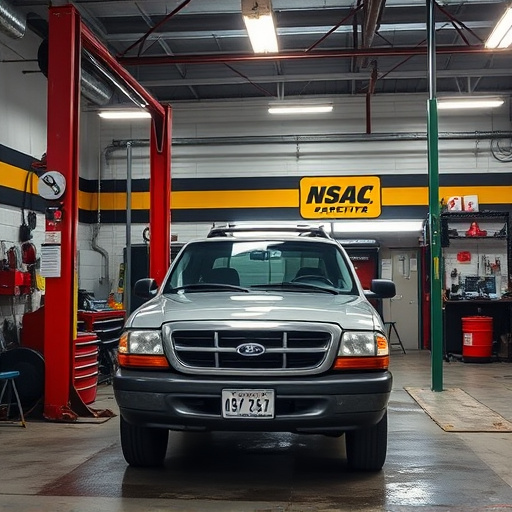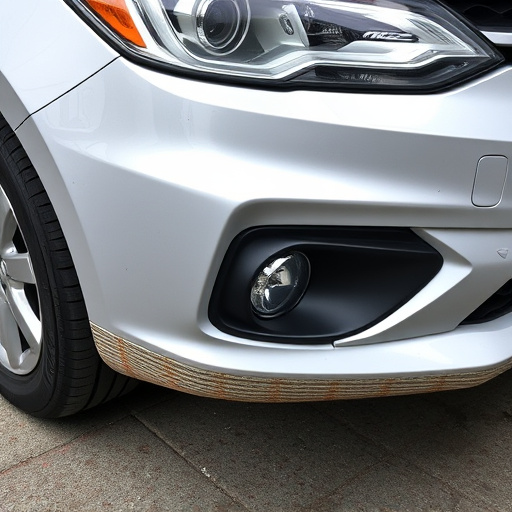Insurance estimate review is a vital process where independent assessors scrutinise auto repair estimates, ensuring costs align with industry standards. By exposing inflated bills and verifying fairness, this step optimises claim settlements for policyholders, streamlines operations for insurers, and fosters trust between claimants and insurance companies. Through cross-referencing data, checking component replacements, and verifying pricing, insurance estimate review revolutionises claims management, offering a transparent and efficient claims experience.
Insurance Estimate Review plays a pivotal role in ensuring fair and efficient claim settlements. By meticulously scrutinizing estimated repair costs, this process helps insurers make accurate decisions, reducing disputes and delays. This article delves into the intricate workings of insurance estimate review, elucidating its significance in maintaining transparency and customer satisfaction during the claims handling process.
From understanding the basics to exploring its numerous advantages, we guide you through the essential elements of insurance estimate review, empowering you with knowledge about this powerful tool.
- Understanding the Role of Insurance Estimate Review in Claim Settlements
- The Process: How It Works and Its Impact on Accuracy
- Benefits: Why It's Essential for Efficient and Fair Claims Handling
Understanding the Role of Insurance Estimate Review in Claim Settlements

Insurance estimate review plays a pivotal role in streamlining claim settlements, acting as a crucial bridge between policyholders and insurers. It involves a meticulous process where independent assessors carefully examine and validate repair estimates submitted by auto repair shops following a vehicle collision or damage. This third-party evaluation ensures accuracy, transparency, and fairness in the claims settlement process.
By comparing the estimated costs with standard industry benchmarks and proven auto detailing methods, insurance estimate review helps identify potential discrepancies. It also safeguards against inflated bills, ensuring policyholders receive adequate compensation for genuine repairs. Moreover, this process facilitates quicker claim settlements as it provides clear guidelines and standards for both parties, fostering a more efficient and effective claims management system.
The Process: How It Works and Its Impact on Accuracy

The insurance estimate review process plays a pivotal role in ensuring accurate claim settlements. It begins when an insured individual files a claim, typically after experiencing a vehicle collision or needing auto glass repair. The insurance company then assigns an adjuster who assesses the damage to the vehicle, including any necessary repairs like those at an auto collision center.
This adjuster generates a detailed estimate, outlining the cost of each repair, from replacing cracked windshields to fixing dents and repairing internal components. The estimate is crucial as it forms the basis for claim approval and settlement amount. However, without a thorough insurance estimate review, there’s a risk of errors or discrepancies. This review involves cross-referencing the estimate against historical data, checking for component replacements, and verifying pricing from reputable auto collision centers. By doing so, insurers ensure fairness and precision, ultimately streamlining the claims process.
Benefits: Why It's Essential for Efficient and Fair Claims Handling

Insurance estimate review plays a pivotal role in ensuring efficient and fair claims handling. It acts as a bridge between policyholders and insurance providers, facilitating a transparent process that benefits all parties involved. By meticulously evaluating the extent of damage and estimating repair costs accurately, insurers can make informed decisions on claim approvals, thus expediting settlements.
This review process is particularly crucial in the realm of auto body repair and fender repair at automotive body shops. It helps establish the necessity and scope of repairs, ensuring that policyholders receive compensation for genuine, necessary work. Moreover, it mitigates disputes by providing a clear, documented record of the claim evaluation, fostering trust and promoting a positive relationship between claimants and insurance companies.
An insurance estimate review is an invaluable tool in ensuring accurate claim settlements. By meticulously examining policyholder estimates, insurers can achieve greater precision, leading to more efficient and fair claims handling. This process not only benefits insured individuals but also fosters trust and transparency within the insurance industry, ultimately strengthening its integrity.














